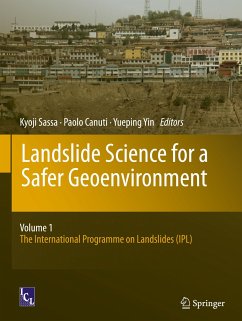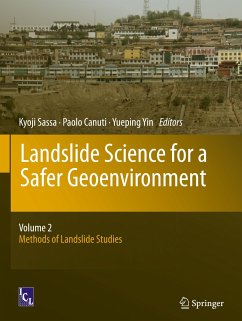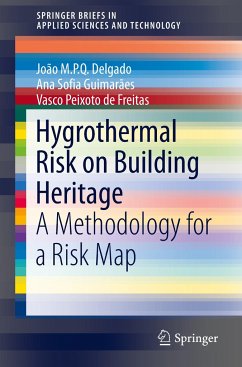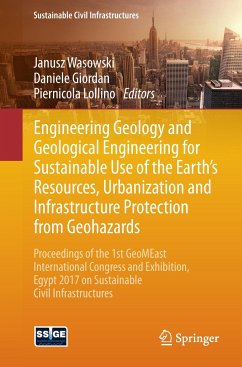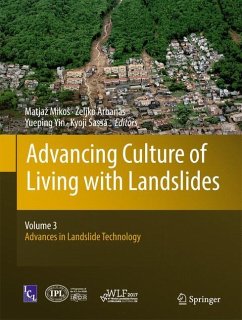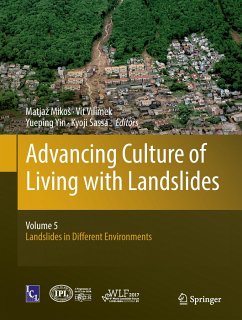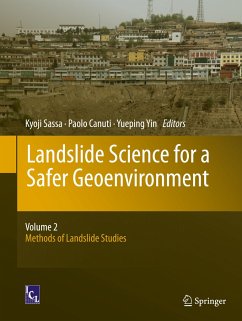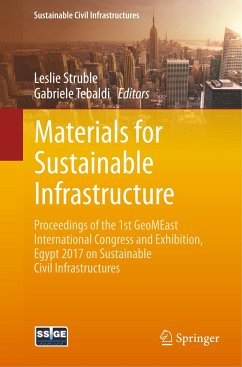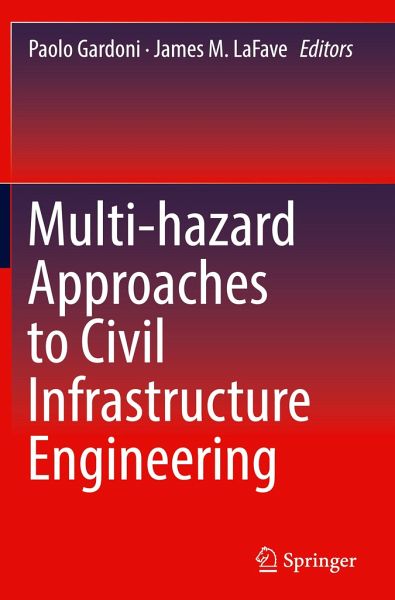
Multi-hazard Approaches to Civil Infrastructure Engineering

PAYBACK Punkte
57 °P sammeln!
This collection focuses on the development of novel approaches to address one of the most pressing challenges of civil engineering, namely the mitigation of natural hazards. Numerous engineering books to date have focused on, and illustrate considerable progress toward, mitigation of individual hazards (earthquakes, wind, and so forth.). The current volume addresses concerns related to overall safety, sustainability and resilience of the built environment when subject to multiple hazards: natural disaster events that are concurrent and either correlated (e.g., wind and surge); uncorrelated (e....
This collection focuses on the development of novel approaches to address one of the most pressing challenges of civil engineering, namely the mitigation of natural hazards. Numerous engineering books to date have focused on, and illustrate considerable progress toward, mitigation of individual hazards (earthquakes, wind, and so forth.). The current volume addresses concerns related to overall safety, sustainability and resilience of the built environment when subject to multiple hazards: natural disaster events that are concurrent and either correlated (e.g., wind and surge); uncorrelated (e.g., earthquake and flood); cascading (e.g., fire following earthquake); or uncorrelated and occurring at different times (e.g., wind and earthquake). The authors examine a range of specific topics including methodologies for vulnerability assessment of structures, new techniques to reduce the system demands through control systems; instrumentation, monitoring and condition assessment of structures and foundations; new techniques for repairing structures that have suffered damage during past events, or for structures that have been found in need of strengthening; development of new design provisions that consider multiple hazards, as well as questions from law and the humanities relevant to the management of natural and human-made hazards.







